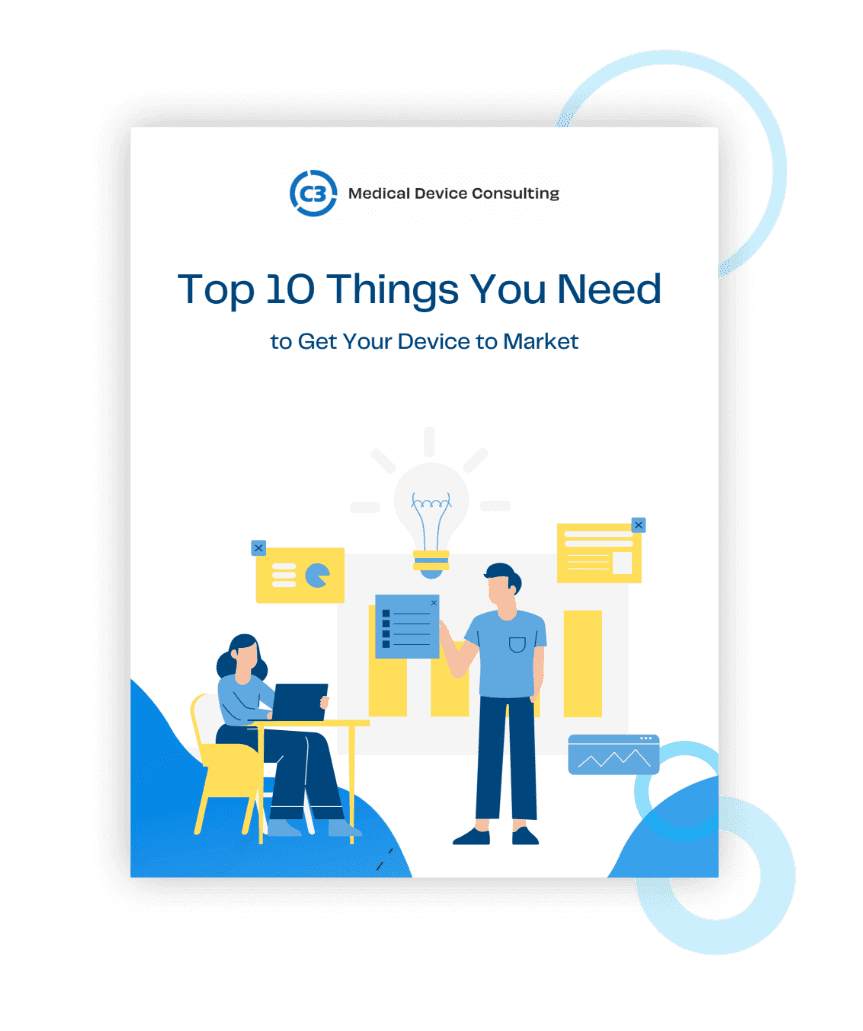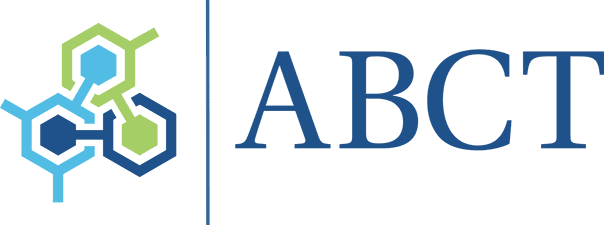When you’re ready to bring your product to market, it’s best to start with a medical device design team that can take your product from inception to production. Before you do that, you should have a basic understanding of user needs and design input requirements, two important parts of the product development process.
User needs are collected to make sure your product is usable in the way it was intended. Design input requirements exist to make sure the design output matches what you wanted to develop. When everything goes well, these two things work together to get your product exactly where you want it.
The Difference
While both user needs and design input requirements are important to your medical device development, they’re two very different things.
Here’s an easy way to think about them, courtesy of the FDA:
User needs are about making the right product.
Design input requirements are about making the product right.
See the difference?
User Needs
The user needs document describes the intended use and indications for the device. It must describe users’ needs in enough detail to ensure the device can be defined operationally in the design input requirements.
User needs describe the product from the perspective of the user, whether it be a patient or doctor, and the product’s intended use. This should be done without regard to the design of the product, or what kind of product it will be.
A user needs document must describe:
- The product’s intended use;
- Any proposed indications for use;
- How the product will be compatible with the environment in which it will be used;
- A profile of the user or users;
- High-level performance and functionality details;
- Information about human factors (for example, that the product will be worn), and
- The target markets around the world in which the product will be used (which will provide the basis for labeling, localization, and regulatory considerations).
The user needs document provides the basis for conducting a Hazard Analysis (HA) to identify potential hazards that may result from using the product. Results from the Hazard Analysis are taken into consideration in generating the design input requirements document.
Design Input Requirements
Design input requirements need to include whichever of the following requirements are applicable:
- Functional and physical requirements;
- Performance requirements;
- Product reliability requirements;
- Safety (electrical, thermal, chemical, mechanical, etc.) requirements;
- Toxicity and biocompatibility requirements;
- Electromagnetic compatibility requirements;
- Risk management requirements;
- Regulatory and statutory requirements, including domestic and international requirements for the product based on the intended market, regional standards, directives, laws (e.g., EMC, noise, etc.)
- Voluntary and harmonized standard requirements;
- Manufacturing requirements;
- Labeling and packaging requirements;
- Usability/Human Factor requirements;
- Environmental requirements;
- Installation and servicing requirements; and
- Sterility requirements.
Design input requirements are developed from the user needs and hazard analysis, as well as applicable input from CAPAs, complaints, and other historical data. Design input requirements need to contain enough detail from an engineering perspective so the product can actually be designed. Each requirement should stem from a specific user need.
Requirements are usually documented in a single document, or multiple documents (e.g.,
system specifications and software specifications), and are refined and updated as needed during the project.
Requirements must be unambiguous and measureable or verifiable, including limits or tolerance ranges where appropriate. No requirement can be in conflict with another, or with referenced industry or regulatory standards.
How Will You Get Your Product Where You Want It?
If you’re ready to determine user needs and design input requirements so you can get your product where you want it, schedule a free consultation today. As a medical device design team, we’ll work with you from beginning to end so you can successfully turn your idea into reality.












